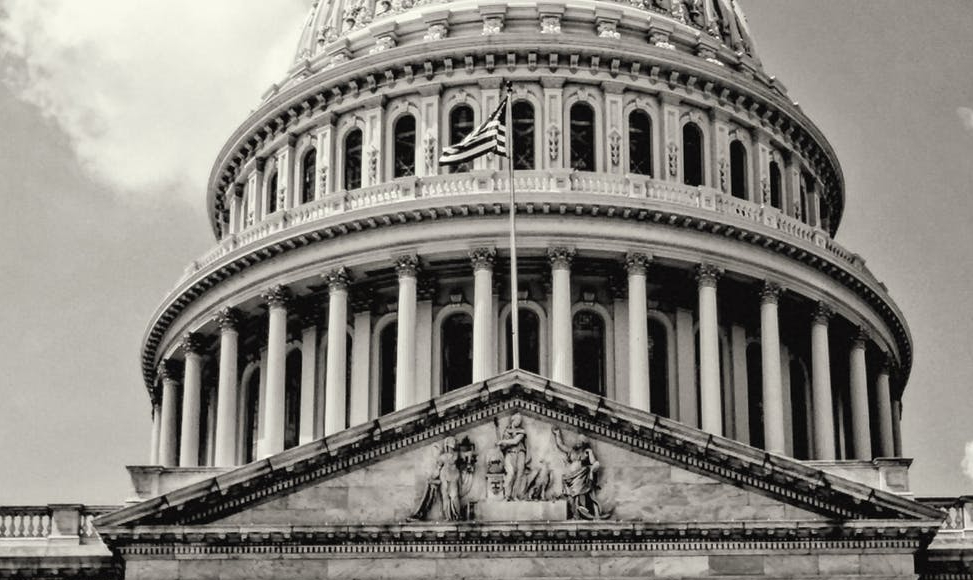
I want to be abudantly clear about what happened last night. Democrats failed to pass voting rights, not because of Joe Manchin and Kyrsten Sinema – both of whom supported the underlying bill – but because of Chuck Schumer. The truth is that the rule change Schumer put forward would have made almost no difference in Democrats’s ability to pass the Freedom to Vote: John R Lewis Act. As I’ve pointed out many times before, they can bring back the talking filibuster without a rule change and the only thing this rule would have done is it would have made amendments and motions nondebateable, so Senators would have been more easily able to enforce the “two-speech rule“– which says no Senator may speak more than twice on any question. After each Senator used up their two speeches, the chair could simply move to the question and the bill could be passed by a simple majority. But back of the napkin calculations however show how limited this change would have been. If all 50 Republican Senators spoke two times for six hours each, the Senate remaining in session 24/7, they could have held the floor for a total of 600 hours (25 days).
When Democrats put this rule before forward, they presented it as if it was the only way to bring back the talking filibuster, but as I noted earlier that simply is not true. Under current rules Schumer could have simply left the bill as the current pending business of the Senate. Republicans would be required to constantly hold the floor, otherwise the chair can simply move to the question and the bill can pass by a simple majority. This path wouldn’t be easy and there’s no guarantee of success. Republicans could keep their filibuster going indefinitely, in theory. But there’s reason to believe that they wouldn’t. Government funding runs our February 18th and forcing the government into a shutdown to block voting rights – in an election year no less – is not good politics. Pressure would build on them to eventually relent or at least come to the table and negotiate a compromise that can pass with 60 votes [the threshold to invoke cloture].
To those who say this strategy is impossible I ask, how do you think the Senate got things done before 1917? Before cloture was created the only way of ending debate was to simply wait until everyone who wanted to speak had spoken. Guess what? Bills still got passed. Even ones that were filibustered. Cloture added another tool to bring an end to debate but it isn’t the only tool. The original method still exists.
Democrats could have taken this path but they chose not to. Why? You would have to ask them. If I didn’t know any better I’d think they were using the failed cloture vote and the failed vote on rules change as an excuse for not passing voting rights, and using Sinema and Manchin as scapegoats. Make no mistake, I’m as frustrated as everyone else with Sinema and Manchin. I would like to see the filibuster abolished. But they’ve been clear for months now that that wasn’t going to happen, and that they would only support a smaller rules change if it had bipartisan support. Democrats could have forced Republicans into a talking filibuster. They chose not to. Manchin went so far as to make this point on the Senate floor yesterday. Here’s what he said:
“Here’s the good news. We don’t have to change the rules to make our case to the American people about voting rights, about the John Lewis. We don’t have to. We really don’t. Senator Schumer didn’t have to file cloture to cut off debate. He didn’t have to fill the Amendment tree to block Republican Amendments. We’re here. We could have kept voting rights legislation as the pending business for the Senate. Today, next week, a month from now. This is important. Let’s work it out. Let’s stay here and go at it.”
Joe Manchin (January 19, 2022)
You’re not going to hear many people (who aren’t Republicans) say this today but Joe Manchin is 100% correct. Democrats wanted to take the easy way out, but doing something this important isn’t supposed to be easy. The Civil Rights Act of 1964 was filibustered for 60 working days – the longest continuous filibuster in Senate history – but they eventually got it done because they were willing to put in the work. Today’s Democrats just don’t seem willing to put in the work.
While I’m dissapointed, I’m not surprised. After their failure to call witnesses at Trump’s second impeachment trial last year it became clear to me that Democrats’s love for democracy only goes so far as it helps them politically, and their willingness to shore up our institutions is directly analogous to how convenient it is for them. Maybe they’ll prove me wrong. Maybe they’ll make an actual serious attempt to pass voting rights. But from where I’m standing today it does not look like that is what happened yesterday and the person to blame is Chuck Schumer, not Joe Manchin and Kyrsten Sinema.
I’d like to end though on a positive note. This failure is a bitter pill to swallow, but it’s important to note that it was not all for naught. As Ron Brownstein so elloquently pointed out in The Atlantic, we have moved the overton window on federal protections for voting rights and filibuster reform. A year ago we would have been lucky to get half of the Democratic caucus to agree to changing the rules. Last night we got 48 out of 50. This isn’t the end, it’s only the beginning.
Finally, the debate that happened in the Senate over the course of the last two days was incredibly refreshing and good for democracy. If you haven’t already, I recommend watching some of it. Each side made their arguments, both to each other and to the American people. Nothing was left unsaid. This is how our democracy is supposed to work. Here’s hoping the Senate can have more lively debates going forward so it can truly live up to it’s reputation as the, “World’s greatest deliberative body.”
And here’s hoping Chuck Schumer proves me wrong, and does what it takes to get the Freedom to Vote: John R Lewis Act passed and signed into law. As he said last night, “History is watching.”






